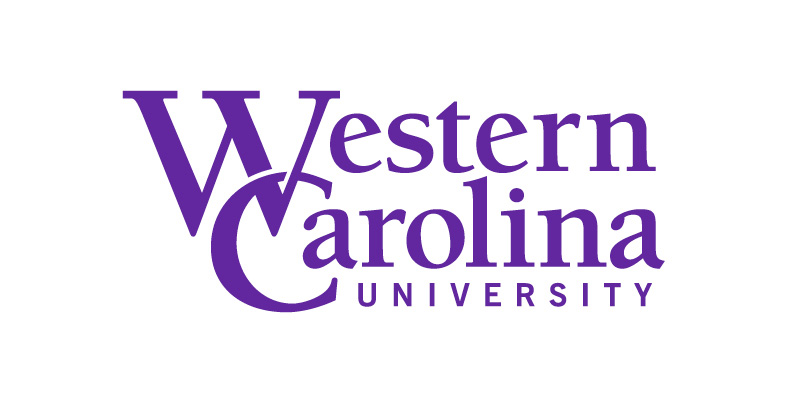by Bil Stahl, CIO

I am very excited about this new IT publication, DoIT News, to keep the campus community aware of IT initiatives and issues. The Division of IT continues to strive to be as transparent as possible. Given the nature of IT and the dynamics of the institution, this is an ongoing challenge.
As I enter into my final days as WCU’s CIO, I want to share my perspective on the major IT issues and opportunities facing the campus. While the current budget situation is exacerbating many of these issues and limiting opportunities, they are important ones to address regardless of the budget situation. They are not presented here in any priority order, because their priority depends in large part on university-level decisions that have not yet been made.
Reduce the University’s dependency on one-time and fee funds to support IT
Currently less than 50% of IT’s budget is funded through regular state funding. We are highly dependent on one-time funds and fee funds—both of which are variable. Most of IT expenses need to be treated as operating costs, like our electric bill, not one-time capital costs. It should be noted that most of our sister institutions are in the same boat. I believe that the institution needs to invest most new enrollment growth monies in the basic infrastructure, including IT. The sudden shortfall in one-time funds this year clearly demonstrated how much at risk our critical infrastructure was.
Bring IT salaries up to competitive levels
This is an issue for many SPA staff, not just those in IT, but I can only address IT salaries. We must compete in a large region to get and retain the skills we need, but we are becoming less and less competitive.
Lease IT equipment
The campus must upgrade its technology on a regular cycle. The most effective way to do this, both financially and in terms of insuring a standard refresh cycle, is to do a three to four year lease.
Implement “Voice over IP” (VoIP) telephone services
Our telephone system is rapidly reaching end of life and lacks many of the features that people commonly expect a system to provide. It is also considerably more expensive in the long run than using a VoIP system, which uses the data network to provide connectivity.
Establish clear priority-setting processes for IT projects
While IT is setting up processes and technologies to facilitate project priority setting, this requires campus buy-in and support. IT currently averages over 100 projects in process at any given time, which is an unmanageable number. This often results in the staff having insufficient time to do the project as well as it should be done. Also, IT cannot be in the position to determine which requesting office has a higher priority. A campus-driven, transparent process on which projects take priority needs to be established.
Upgrade campus data network
WCU was once one of the most wired campuses, but it is far from being one of the most wireless campuses. We need to increase both the availability of our wireless network in terms of the number of simultaneous connections it can support in classrooms, etc. and also in terms of security. This has to occur for the student laptop requirement to truly be meaningful.
Invest in data security technologies
With our extensive use of technology for all phases of our business and the complex inter-relationship of both internal and external systems, data security poses major liabilities for the campus. These liabilities can truly have severe costs to the campus.
Mass storage allocation and control
Disk storage is now the major IT resource constraint. Demand is growing both in terms of numbers of requests and space requested. A single litigation hold can require us to allocate three terabytes of disk storage for years. The institution must incorporate funding for disk space and its related services into the overall budget allocation process to insure a means of prediction of need and priority setting.
Implement thin client technology
Thin client technology (either software programs or actual computers that rely on other computers to do most of their work) has many applications. However, the two that I am focusing on are as a means to reduce our PC costs and, probably more importantly, as a means to deliver software to our students on an anytime, anyplace basis.
Implement a faculty/staff Intranet
Creating an effective faculty/staff Intranet must be a high institutional priority. We are currently using technologies, such as email, in ineffective ways because there are not adequate alternatives. An Intranet will require that IT’s current identity management project be supported, and that university business processes be redesigned to effectively use the Intranet.
As stated above, these are the major IT-related issues and opportunities I see facing WCU. Many of these issues and opportunities have numerous subcomponents under them and there are many other projects and issues that IT is facing. These are all basically infrastructural issues. Some involve money and other resources, while others need only institutional support and participation.
The seamless integration of technologies and delivery of IT-related services from “the network cloud,” are increasingly becoming a reality that promises a very exciting future. However, without a robust, scalable, and reliable infrastructure, our ability to participate in this future will be very limited.
I continue to believe that the way information technology will make WCU stand out and succeed is not by having the newest device or biggest/fastest X, but that we implement, maintain, and use information technology to support our core functions, including instruction, as well as any other academic institution, and better than most.
